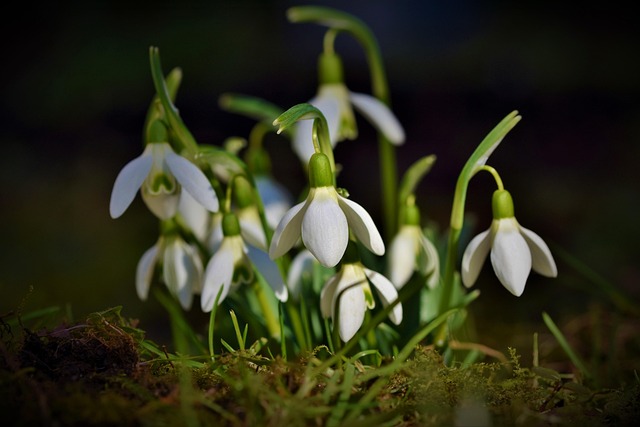Frost damage threatens frost-sensitive plants in cold regions. Seasonal fertilization and pruning fortify these plants against extreme cold, enhancing resilience, health, and aesthetic appeal. Pruning removes dead branches for better airflow, while fertilization strengthens new growth to insulate against freezing temperatures, protecting delicate plants during winter.
“Protecting frost-sensitive plants from the cold is essential for maintaining vibrant gardens and landscapes during winter. This article guides you through comprehensive strategies to safeguard delicate flora from frost damage. We explore the science behind frost’s impact, offering insights on understanding sensitive plants. Seasonal fertilization techniques are delved into, providing natural insulation. Effective pruning methods reveal how to shield buds from extreme cold. Additionally, we introduce microclimate creation for year-round plant preservation, ensuring thriving gardens despite seasonal challenges.”
Understanding Frost Damage and Sensitive Plants
Frost damage can be devastating for plants, especially those that are frost-sensitive. These plants, often found in regions with cold winters, have unique requirements to survive extreme cold temperatures. Frost forms when water vapor in the air comes into contact with a colder surface, such as plant leaves, causing them to freeze and expand. This expansion can lead to physical damage, tearing, and even cell death if the cold persists.
Sensitive plants, like many ornamental shrubs and perennials, are particularly vulnerable during these periods. Seasonal fertilization and pruning techniques can help mitigate frost damage by strengthening plants and encouraging healthy growth. By preparing these plants for colder months, gardeners can ensure their resilience and beauty throughout the winter season.
Seasonal Fertilization Strategies for Cold Protection
In preparation for cold weather, implementing seasonal fertilization strategies is a proactive step for frost-sensitive plants. During late summer or early autumn, applying a balanced fertilizer can boost the plant’s health and enhance its natural defenses against freezing temperatures. This process stimulates growth of stronger stems and thicker leaves, which provide better insulation against the cold.
Pruning, in conjunction with fertilization, is another effective technique. By selectively removing dead or weak branches before winter sets in, you improve airflow and sunlight penetration within the plant’s canopy. Adequate air circulation prevents frost damage by reducing moisture build-up, while ample sunlight encourages vibrant growth even in colder months. These seasonal care practices not only protect sensitive plants but also contribute to their overall health and longevity during winter.
Effective Pruning Techniques to Shield Delicate Buds
Effective pruning is a vital technique to protect frost-sensitive plants during cold weather. By carefully trimming away damaged or dead branches, you expose the plant’s healthier parts to warm air circulation, reducing the risk of frost damage. Focus on removing any crossed or rubbing branches that could lead to breakage in freezing temperatures.
Seasonal fertilization plays a supporting role here. Applying fertilizer before the first frost can help strengthen new growth and promote the development of thicker stems, making plants more resilient against cold stress. Ensure you use a balanced fertilizer suitable for your plant species and follow application instructions carefully, especially when fostering delicate buds that are particularly vulnerable to frost.
Creating a Warm Microclimate for Plant Preservation
Creating a warm microclimate is an effective strategy to protect frost-sensitive plants during cold weather. This involves taking specific measures to raise the temperature and humidity around the plants, mimicking conditions they’d enjoy in a warmer environment. One of the key methods is seasonal fertilization, which provides essential nutrients that support plant health and growth, making them more resilient to freezing temperatures. By ensuring plants receive the right balance of nutrients, you’re essentially fortifying their defenses against frost damage.
Additionally, strategic pruning plays a vital role. Removing dead or damaged parts of a plant not only improves its overall aesthetics but also allows for better air circulation, reducing the risk of frost forming on leaves and stems. Proper pruning also exposes more internal sections of the plant to warmer air, creating a more sheltered microclimate. This dual approach of fertilization and selective pruning creates an optimal environment, safeguarding delicate plants from the harshest winter conditions.
Protecting frost-sensitive plants from cold damage is essential for maintaining a vibrant garden throughout the seasons. By understanding the impact of frost, implementing strategic fertilization techniques during the colder months, and utilizing targeted pruning methods to shield delicate buds, gardeners can create a warm microclimate that fosters plant preservation. Combining these practices ensures the resilience of sensitive flora, allowing them to flourish even in the harshest winter conditions.
